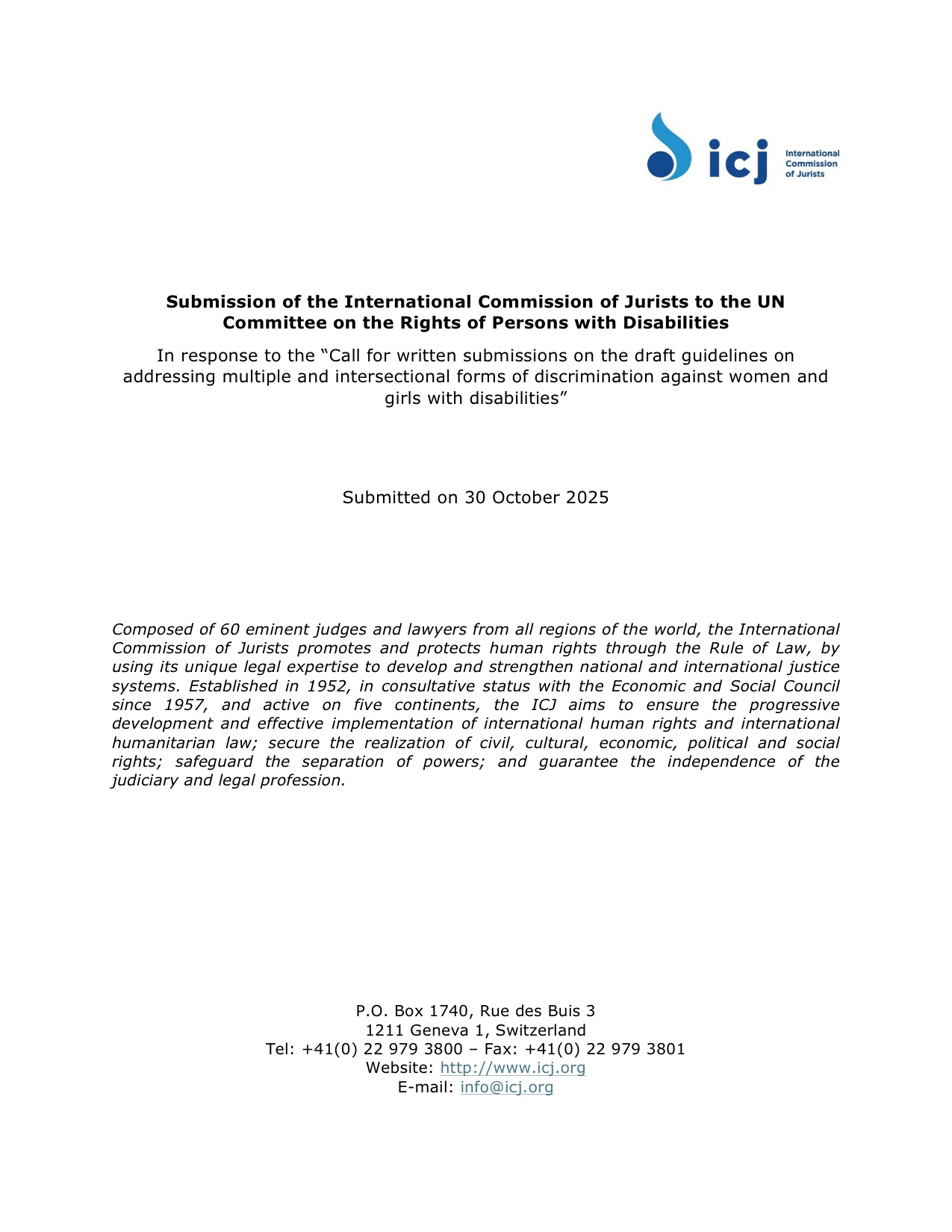Biocompatible hydrogel enables wearable electronics for monitoring marine life health | Newswise – Newswise

Report on a Novel Hydrogel for Marine Health Monitoring and its Contribution to Sustainable Development Goals
Introduction: Advancing Marine Conservation through Innovation
A recent scientific development introduces a hybrid keratin-liquid metal (KELM) hydrogel, offering a significant advancement in the monitoring of marine organisms. This innovation directly addresses critical challenges in marine conservation and research, aligning with the objectives of the United Nations Sustainable Development Goals (SDGs). The ability to monitor the health and migration of marine life is fundamental to achieving SDG 14 (Life Below Water) by maintaining ecosystem balance, supporting climate change studies, and ultimately safeguarding human health, a key component of SDG 3 (Good Health and Well-being). Traditional sensors have been inadequate for marine applications due to poor biocompatibility, low conductivity, and insufficient mechanical strength.
The KELM Hydrogel: A Sustainable and High-Performance Material
The research team developed the KELM hydrogel by integrating eutectic gallium-indium (EGaIn) liquid metal with keratin, a protein sourced from byproducts like feathers and wool. This approach promotes a circular economy, contributing to SDG 12 (Responsible Consumption and Production). The resulting material exhibits superior properties that overcome the limitations of previous technologies.
Key Properties of the KELM Hydrogel
- Tensile Strength: 166 kPa
- Stretchability: 2600%
- Conductivity: 6.84 S/m
- Strain Sensitivity (Gauge Factor): 7.03
- Adhesion: Remarkable strength on various substrates, including biological tissues.
Direct Contributions to Sustainable Development Goals
This research provides a powerful new tool for achieving specific SDG targets through technological innovation, a cornerstone of SDG 9 (Industry, Innovation, and Infrastructure).
SDG 14: Life Below Water
The KELM hydrogel-based sensors directly support the conservation and sustainable use of marine resources.
- Health Monitoring: The technology was successfully used to monitor the heartbeats of diverse aquatic animals, including scallops, sturgeons, and giant salamanders, providing crucial data for health assessments.
- Ecosystem Balance: By enabling the collection of real-time physiological data, the sensors help scientists understand and maintain the delicate balance of marine ecosystems.
- Data Transmission: The ability to transmit data wirelessly allows for continuous, non-disruptive monitoring, which is vital for studying migration patterns and the effects of environmental changes.
SDG 3: Good Health and Well-being
The hydrogel’s biocompatibility and potential for medical use underscore its relevance to human health.
- Biocompatibility: Extensive tests on human epidermal keratinocyte (HACAT) cell lines confirmed the material has minimal cytotoxicity and excellent cell compatibility.
- Human Health Link: The health of marine ecosystems is intrinsically linked to human health, particularly concerning food security and the mitigation of climate change impacts.
- Future Medical Applications: The material’s strong adhesion to human skin and high sensitivity suggest significant potential for use in next-generation wearable medical monitoring devices.
Future Research and Development
While the study demonstrates profound potential, researchers have identified areas for future improvement to maximize the technology’s positive impact. Current monitoring methods for vertebrate animals can be invasive, and future work will focus on refining these techniques.
Primary Research Objectives
- Develop minimally invasive or non-invasive installation methods for the sensors.
- Improve the postoperative recovery environment for animal subjects to ensure their physiological status is not disrupted.
- Utilize multiple sensor arrays to capture more comprehensive and precise behavioral and physiological data.
The continued development of this KELM hydrogel represents a significant step forward in creating biocompatible, sustainable, and effective wearable electronics for a diverse range of applications, from marine conservation to human healthcare.
SDGs Addressed in the Article
SDG 14: Life Below Water
- The article’s primary focus is on a new technology designed for “monitoring the health and migration of marine organisms,” which is essential for “maintaining the balance of marine ecosystems.” This directly aligns with the goal of conserving and sustainably using the oceans, seas, and marine resources.
SDG 9: Industry, Innovation, and Infrastructure
- The text describes a significant scientific and technological advancement: the development of a “novel hybrid keratin (KE) hydrogel integrated with liquid metal (LM).” This research, published in an engineering journal, represents an investment in scientific research and innovation to solve complex challenges, which is a core component of SDG 9.
SDG 13: Climate Action
- The article explicitly states that monitoring marine life is “crucial for… advancing climate change studies.” By providing a new tool to gather data on marine ecosystems, the technology supports efforts to understand and combat the impacts of climate change.
SDG 3: Good Health and Well-being
- The research is linked to human health in two ways. First, it aims to contribute to “safeguarding human health” by monitoring marine ecosystems. Second, the KELM hydrogel has “potential applications in… medical monitoring,” and its biocompatibility was confirmed using “human epidermal keratinocyte (HACAT) cell lines,” indicating its relevance to human medical technology.
Specific SDG Targets Identified
SDG 14: Life Below Water
-
Target 14.2: By 2020, sustainably manage and protect marine and coastal ecosystems to avoid significant adverse impacts, including by strengthening their resilience, and take action for their restoration in order to achieve healthy and productive oceans.
- The article supports this target by introducing a technology that enables the monitoring of marine inhabitants’ health (e.g., scallops, sturgeons). This monitoring is a foundational step for managing and protecting marine ecosystems, as it provides the data needed to assess their condition and the impact of environmental stressors.
-
Target 14.a: Increase scientific knowledge, develop research capacity and transfer marine technology, taking into account the Intergovernmental Oceanographic Commission Criteria and Guidelines on the Transfer of Marine Technology, in order to improve ocean health and to enhance the contribution of marine biodiversity to the development of developing countries, in particular small island developing States and least developed countries.
- The research itself, detailed in the paper “Biocompatible Protein/Liquid Metal Hydrogel-Enabled Wearable Electronics for Monitoring Marine Inhabitants’ Health,” is a direct contribution to increasing scientific knowledge and developing new marine technology. It offers a “new approach for monitoring marine inhabitants’ health.”
SDG 9: Industry, Innovation, and Infrastructure
-
Target 9.5: Enhance scientific research, upgrade the technological capabilities of industrial sectors in all countries, in particular developing countries, including, by 2030, encouraging innovation and substantially increasing the number of research and development workers per 1 million people and public and private research and development spending.
- The article is a clear example of enhanced scientific research leading to an innovative product. The development of the KELM hydrogel to overcome the “limitations of traditional wearable electronics” demonstrates a direct effort to encourage innovation and advance technological capabilities.
SDG 13: Climate Action
-
Target 13.3: Improve education, awareness-raising and human and institutional capacity on climate change mitigation, adaptation, impact reduction and early warning.
- The technology described contributes to this target by providing a tool for “advancing climate change studies.” Data gathered from monitoring marine life can improve the scientific basis for understanding climate change impacts, which in turn strengthens institutional capacity for mitigation and adaptation.
SDG 3: Good Health and Well-being
-
Target 3.d: Strengthen the capacity of all countries, in particular developing countries, for early warning, risk reduction and management of national and global health risks.
- The article mentions the technology has “potential applications in flexible electronics, medical monitoring, and wearable devices.” The development of biocompatible sensors that can adhere to human skin and monitor physiological signs contributes to the technological capacity for health monitoring and early warning systems.
Implied or Mentioned Indicators
For Target 14.2 & 14.a
- Health status of marine organisms: The article explicitly mentions the successful use of the sensors to “monitor the heartbeats of invertebrate and vertebrate aquatic animals, such as scallops, sturgeons, and giant salamanders.” Heartbeat patterns serve as a direct indicator of health.
- Data on migration patterns: The introduction states that monitoring the “migration of marine organisms is crucial,” implying that the technology is intended to collect this data, which serves as an indicator of ecosystem health and response to environmental changes.
For Target 9.5
- Performance metrics of new technology: The article provides specific quantitative indicators of the innovation’s success, including a “tensile strength of 166 kPa,” “stretchability of 2600%,” “conductivity of 6.84 S/m,” and a “gauge factor (GF) of 7.03.”
- Scientific publications: The existence of the article itself, published in the journal Engineering, is an indicator of research and development output.
For Target 13.3
- Availability of new data for climate studies: The article implies that the data collected by the KELM hydrogel sensors on marine life will be a new input for “advancing climate change studies,” serving as an indicator of increased capacity for climate research.
For Target 3.d
- Biocompatibility of new materials: The tests on “human epidermal keratinocyte (HACAT) cell lines” which showed “minimal cytotoxicity and excellent cell compatibility” serve as a key indicator for the material’s safety and suitability for medical applications.
SDGs, Targets, and Indicators Analysis
| SDGs | Targets | Indicators |
|---|---|---|
| SDG 14: Life Below Water |
14.2: Sustainably manage and protect marine and coastal ecosystems.
14.a: Increase scientific knowledge, develop research capacity and transfer marine technology. |
– Health status of marine organisms (measured by monitoring heartbeats of scallops, sturgeons, etc.). – Data on migration patterns of marine organisms. |
| SDG 9: Industry, Innovation, and Infrastructure | 9.5: Enhance scientific research and upgrade technological capabilities. |
– Development of new technology (KELM hydrogel). – Performance metrics of the technology (tensile strength: 166 kPa; conductivity: 6.84 S/m). – Number of scientific publications (the article in Engineering). |
| SDG 13: Climate Action | 13.3: Improve human and institutional capacity on climate change. | – Availability of new data from marine life monitoring for use in climate change studies. |
| SDG 3: Good Health and Well-being | 3.d: Strengthen capacity for early warning and management of health risks. |
– Biocompatibility of new materials for medical use (minimal cytotoxicity on human cell lines). – Potential for monitoring human physiological data with wearable devices. |
Source: newswise.com

What is Your Reaction?
 Like
0
Like
0
 Dislike
0
Dislike
0
 Love
0
Love
0
 Funny
0
Funny
0
 Angry
0
Angry
0
 Sad
0
Sad
0
 Wow
0
Wow
0


















-1920w.png?#)






















;Resize=805#)




































